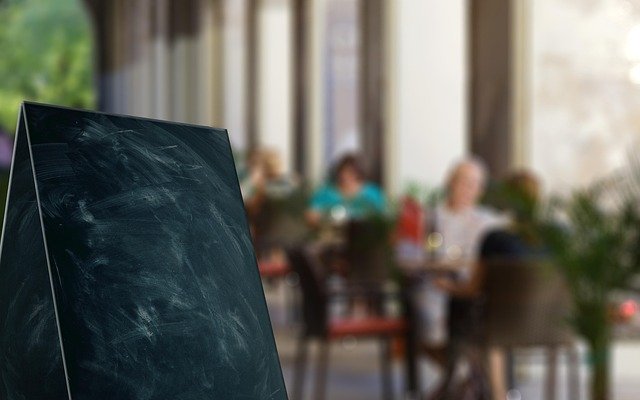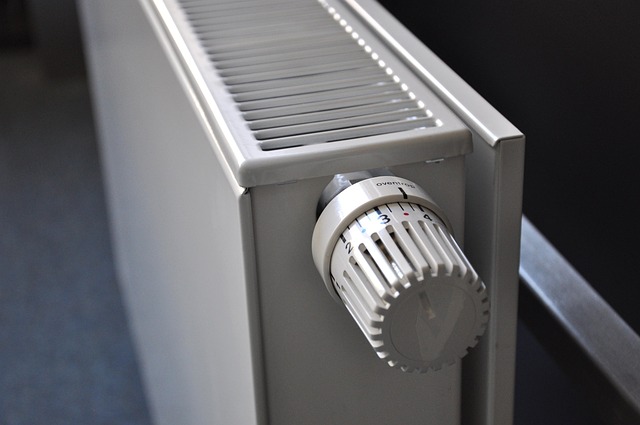Menu Psychology Tricks Restaurants Use to Boost Your Bill
Have you ever noticed how your eyes land on certain items on a restaurant menu? That's not accidental. Restaurants employ clever psychological tactics—from using specific colors to strategic pricing—to subtly guide your choices and increase your total spend. Don't fall for these classic tricks!

Restaurants aren’t just in the business of serving food—they’re masters of subtle persuasion. Behind every menu lies a carefully crafted strategy to maximize profits while making you feel you’ve made independent choices. These psychological tactics are so seamlessly integrated that most diners never notice them working. Understanding these techniques can help you become a more conscious consumer and potentially save money on your next dining experience.
Strategic Item Placement: The Golden Triangle Effect
When you open a menu, your eyes don’t scan it randomly. Studies show that most people follow a predictable pattern, often referred to as the “Golden Triangle.” Your gaze typically lands first at the middle of the page, then moves to the top right, and finally to the top left. Restaurants capitalize on this natural eye movement by positioning their highest-profit items precisely in these areas.
Additionally, items placed at the beginning and end of each section tend to get more attention—a phenomenon known as the primacy and recency effect. That’s why you’ll often find the most profitable dishes in these prime positions. Some establishments even use visual cues like boxes, different fonts, or subtle illustrations to draw your attention to specific high-margin items they want you to order.
Decoy Pricing Techniques: The Anchor Effect
Have you noticed that extremely expensive item on the menu that seems out of place? That’s not a mistake—it’s a decoy. This item serves as a price anchor, making other expensive items seem relatively reasonable by comparison. Once you’ve seen a $75 steak, suddenly the $39 salmon doesn’t seem so extravagant.
Another common decoy pricing technique is the “rule of three,” where restaurants offer three versions of a dish at different price points. Most customers avoid the cheapest option (fearing poor quality) and the most expensive (seeming extravagant), naturally gravitating toward the middle option—which typically has the highest profit margin. This middle option is often subtly highlighted or described more enticingly to further encourage selection.
Emotional Language Use: Crafting Desire Through Words
The difference between “Chicken Sandwich” and “Hand-crafted Artisanal Chicken Sandwich with House-made Aioli on Freshly Baked Brioche” isn’t just wordcount—it’s psychology. Descriptive, sensory-rich language increases sales by up to 27% according to menu engineering research. Words that evoke nostalgia (“Grandma’s recipe”), craftsmanship (“hand-selected”), or geographic authenticity (“Tuscan-style”) create emotional connections and perceived value.
Restaurants carefully select language that triggers positive emotions and memories. Terms like “crispy,” “tender,” and “velvety” engage your senses before you’ve taken a bite. This emotional language doesn’t just make items sound more appealing—it actually makes them taste better through the power of suggestion, creating a self-fulfilling experience that justifies higher prices.
Highlighting Profit Margins: The Art of Visual Emphasis
Next time you’re at a restaurant, notice which menu items have special callouts, photos, or distinctive formatting. These visual emphasis techniques aren’t random—they’re deliberately drawing your attention to high-profit items. Boxes, borders, different colored backgrounds, or icons like stars or chef’s hats all serve to highlight dishes the restaurant most wants you to order.
Some establishments use the “gaze motion tracking” principle, placing high-margin items in the upper right corner where eyes naturally drift. Others employ the “white space strategy,” isolating profitable dishes with extra space around them to make them stand out. Even the physical placement of menus matters—items displayed at eye level in display cases or featured prominently on digital menu boards typically generate higher sales and carry better profit margins.
Avoiding Dollar Signs: The Psychology of Spending
Have you noticed that many upscale restaurants list prices as “25” rather than “$25.00”? This isn’t a design choice—it’s a psychological tactic. Research from Cornell University found that diners spend significantly more when menus use numerals without dollar signs. The symbol explicitly reminds you that you’re spending money, triggering what economists call the “pain of paying.”
Similarly, restaurants often use price anchoring by placing expensive items near the top of the menu. After seeing these higher prices first, subsequent items seem more reasonable by comparison. Another common technique is price masking—listing prices in a smaller font, placing them away from item descriptions, or even omitting them entirely from dessert menus to reduce price sensitivity when ordering after-dinner treats.
Menu Pricing Strategies and Their Impact
Restaurants employ various pricing strategies designed to maximize profits while maintaining the perception of value. Understanding these approaches can help diners make more informed decisions about their spending.
| Strategy | Description | Average Impact on Bill |
|---|---|---|
| Price Ending Techniques | Using .95 or .99 endings to create perception of value | 5-10% increase |
| Menu Engineering | Strategic placement and design highlighting high-margin items | 10-15% increase |
| Bundling | Offering “complete meals” that include sides at seemingly discounted rates | 15-25% increase |
| Limited Options | Restricting choices to guide customers toward profitable selections | 8-12% increase |
| Prix Fixe Menus | Set price multi-course meals that typically exceed average check size | 20-30% increase |
Prices, rates, or cost estimates mentioned in this article are based on the latest available information but may change over time. Independent research is advised before making financial decisions.
Understanding these menu psychology tactics doesn’t mean you need to become cynical about dining out. Rather, this knowledge empowers you to make more conscious choices based on what you truly want rather than what the menu subtly pushes you toward. The next time you dine out, take a moment to notice these techniques in action. Being aware of them allows you to enjoy your meal while making spending decisions aligned with your preferences and budget, not just the restaurant’s profit goals.




